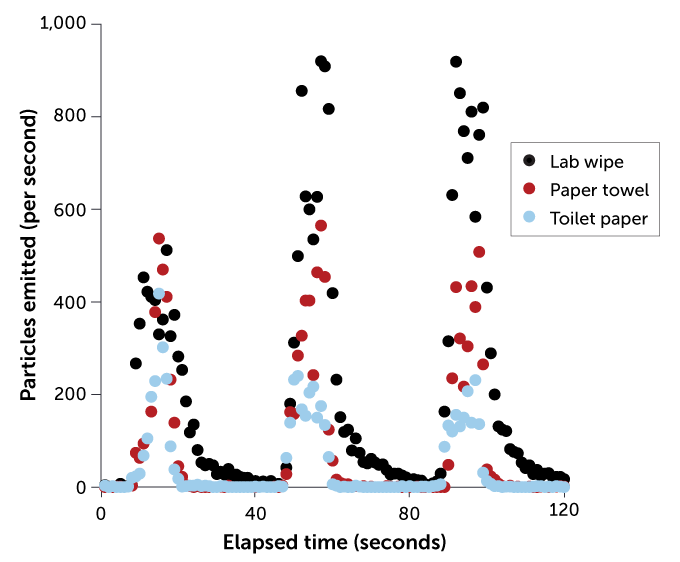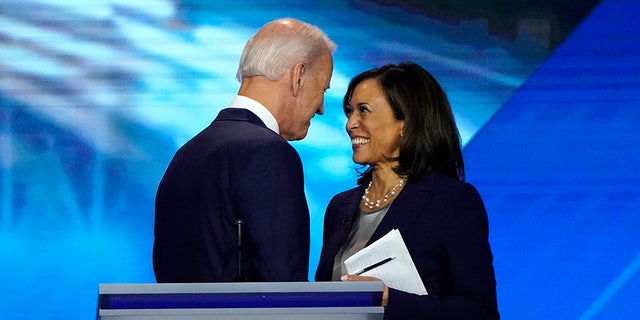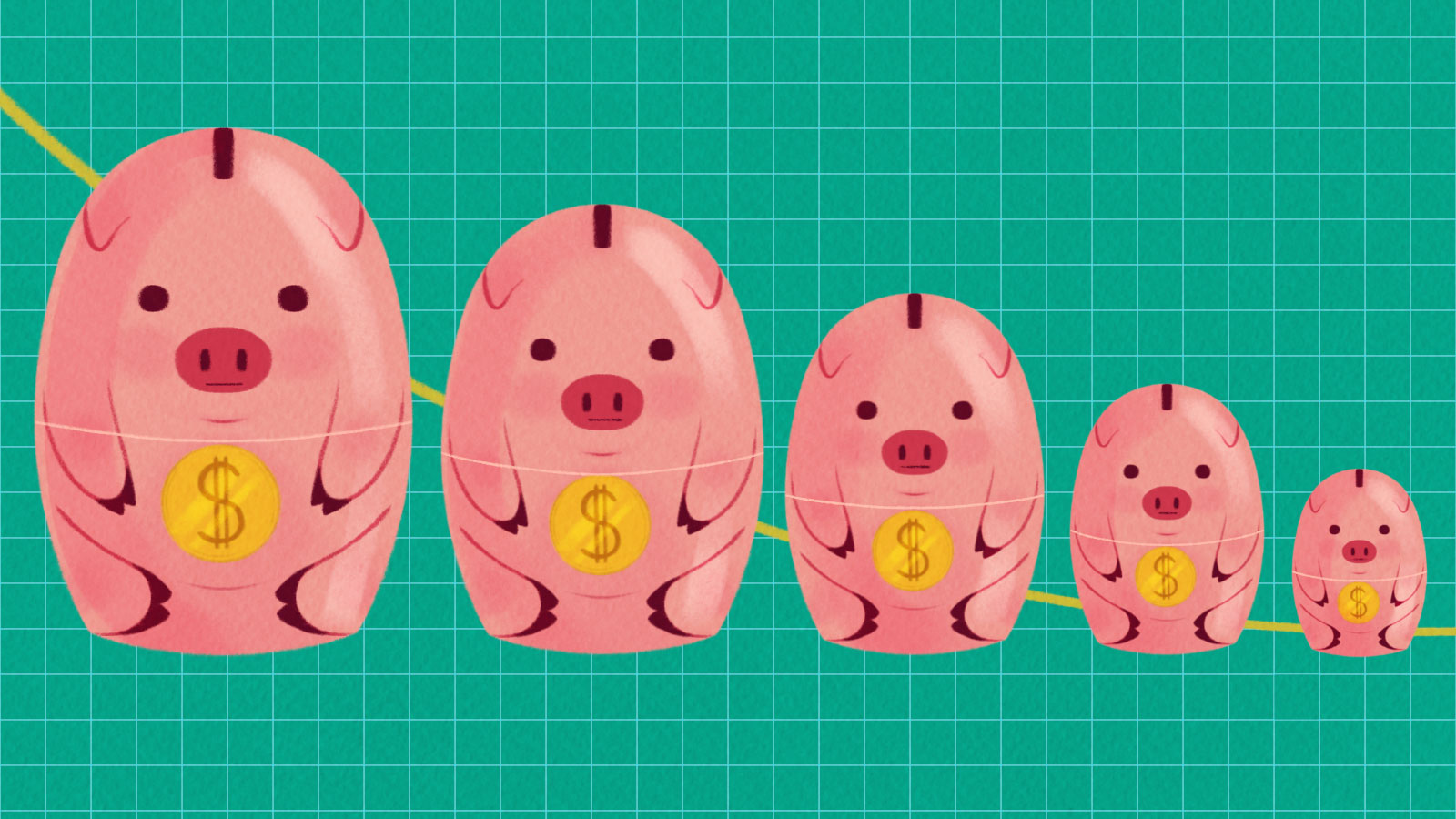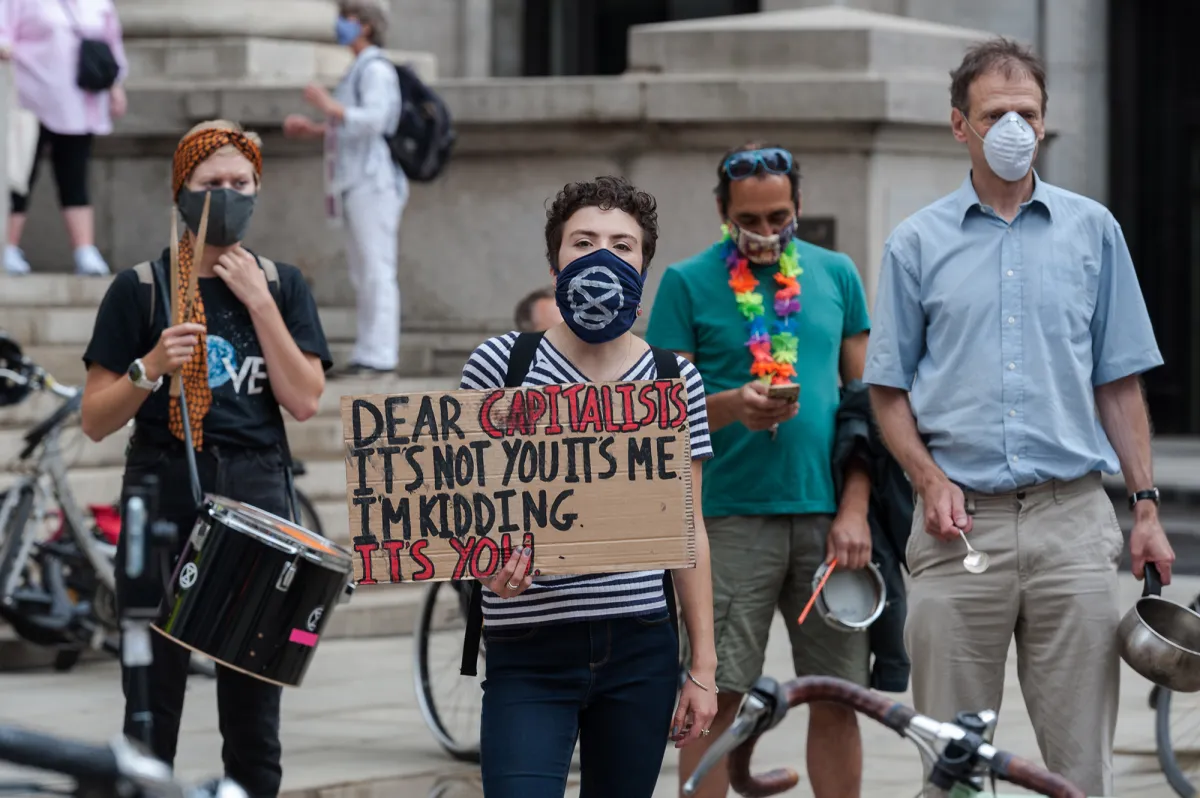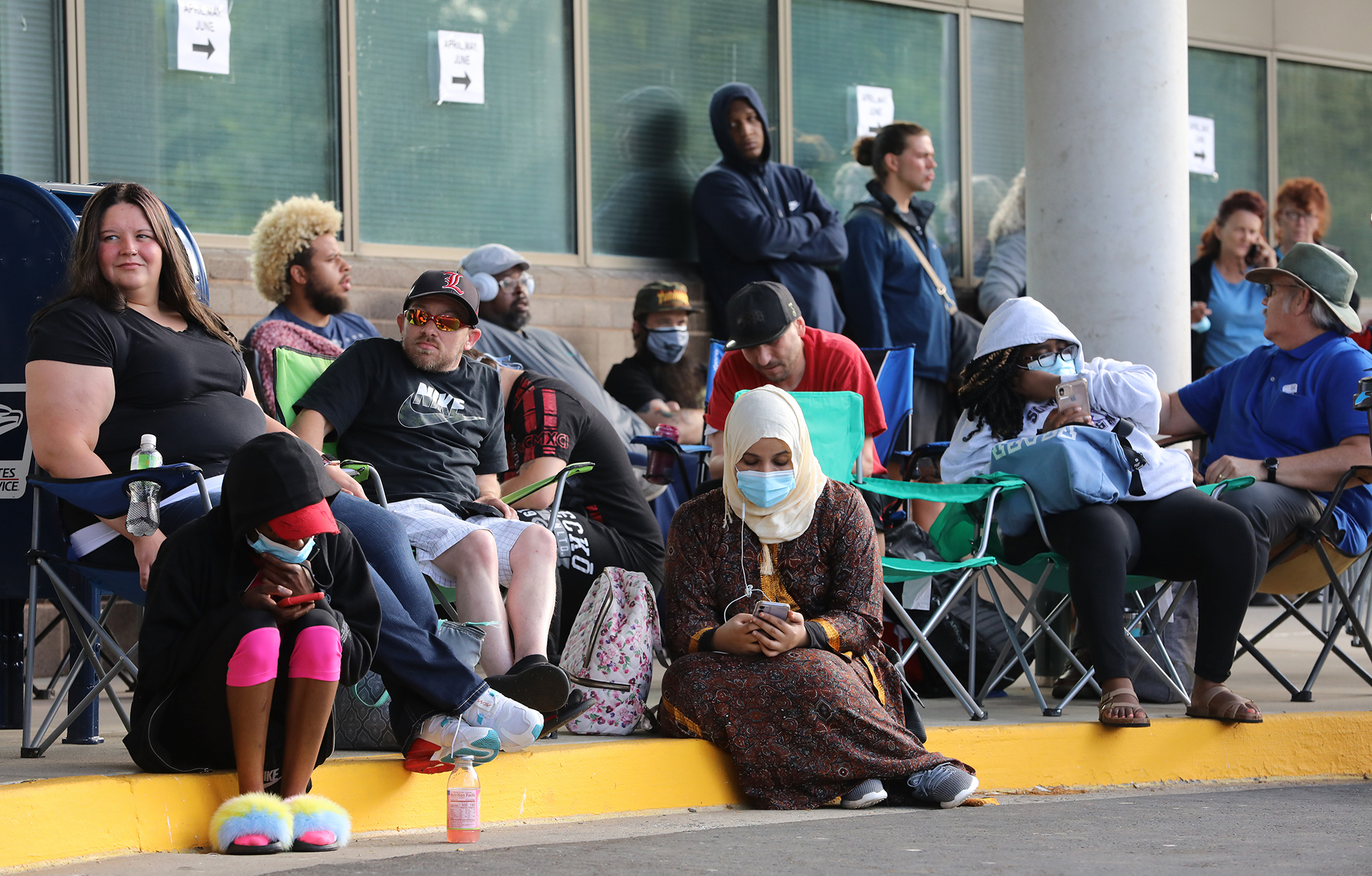Covid-19 situation in Africa exceeds Ebola, WHO alerts

Havana, Aug 18 (Prensa Latina) The present situation in Africa due to the Covid-19 pandemic is worse than that of the Ebola outbreak (2014 – 2016), the World Health Organization (WHO) warned.
In the usual morning press briefing by the Ministry of Public Health (MINSAP) to update Cuba´s epidemiological situation, it was known about WHO´s concern on Covid-19.
'Covid-19 already kills more people than Ebola. The new coronavirus has claimed 11,959 lives compared to the 11,308 that resulted in the worst Ebola outbreak between 2014 and 2016,' Dr. Francisco Duran, National Director of Epidemiology of MINSAP said, when referring to WHO´s data.
The 2014-2016 Ebola outbreak in West Africa was the largest and most complex since the virus was discovered in 1976, with the highest case and death tolls recorded in those years.
The SARS-CoV-2 virus has infected more than 500,000 people in Africa so far this year.
In April, the WHO noted that the Democratic Republic of the Congo was in the final phase of the fight against Ebola outbreak, declared on August 1, 2018, while also dealt with a measles outbreak and the spread of the Covid-19 pandemic.
Up to August 17, a total of 21,689,832 people from 185 countries has been infected with the new coronavirus and 770,273 have died.
Dr. Duran explained that the Americas is the current epicenter of the pandemic, since over 53% of cases reported worldwide are from this territory.
rly/pll/mem/rbp
PRENSA LATINA'Covid-19 already kills more people than Ebola. The new coronavirus has claimed 11,959 lives compared to the 11,308 that resulted in the worst Ebola outbreak between 2014 and 2016,' Dr. Francisco Duran, National Director of Epidemiology of MINSAP said, when referring to WHO´s data.
The 2014-2016 Ebola outbreak in West Africa was the largest and most complex since the virus was discovered in 1976, with the highest case and death tolls recorded in those years.
The SARS-CoV-2 virus has infected more than 500,000 people in Africa so far this year.
In April, the WHO noted that the Democratic Republic of the Congo was in the final phase of the fight against Ebola outbreak, declared on August 1, 2018, while also dealt with a measles outbreak and the spread of the Covid-19 pandemic.
Up to August 17, a total of 21,689,832 people from 185 countries has been infected with the new coronavirus and 770,273 have died.
Dr. Duran explained that the Americas is the current epicenter of the pandemic, since over 53% of cases reported worldwide are from this territory.
rly/pll/mem/rbp


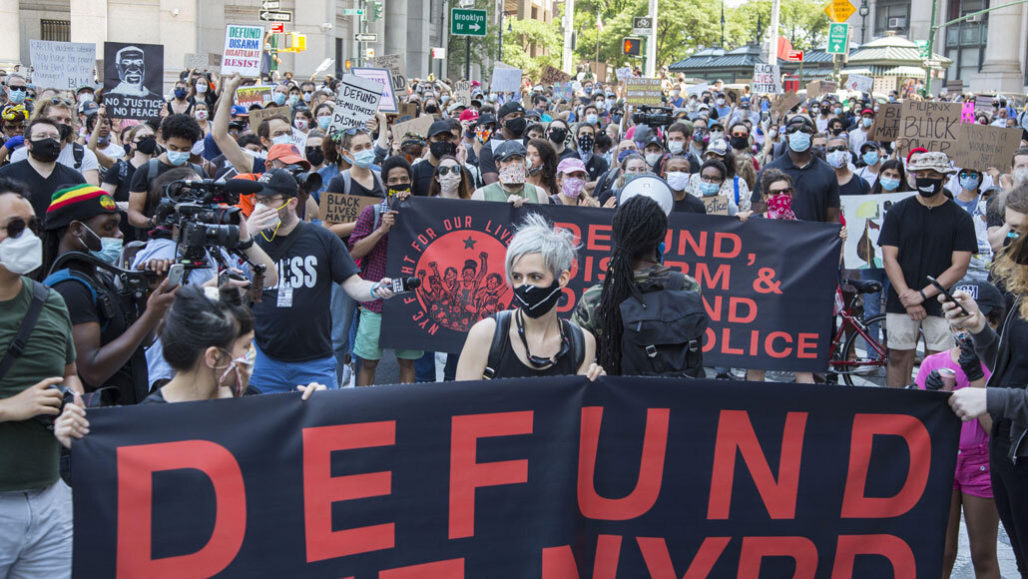
 An officer with the Minneapolis Police Department wears a body camera as part of his gear while responding to a call in 2019. Police departments across the country have started having their officers wear cameras to film their interactions with civilians, but it’s not clear that the devices reduce violent encounters.DIVERSEY/FLICKR (
An officer with the Minneapolis Police Department wears a body camera as part of his gear while responding to a call in 2019. Police departments across the country have started having their officers wear cameras to film their interactions with civilians, but it’s not clear that the devices reduce violent encounters.DIVERSEY/FLICKR (






